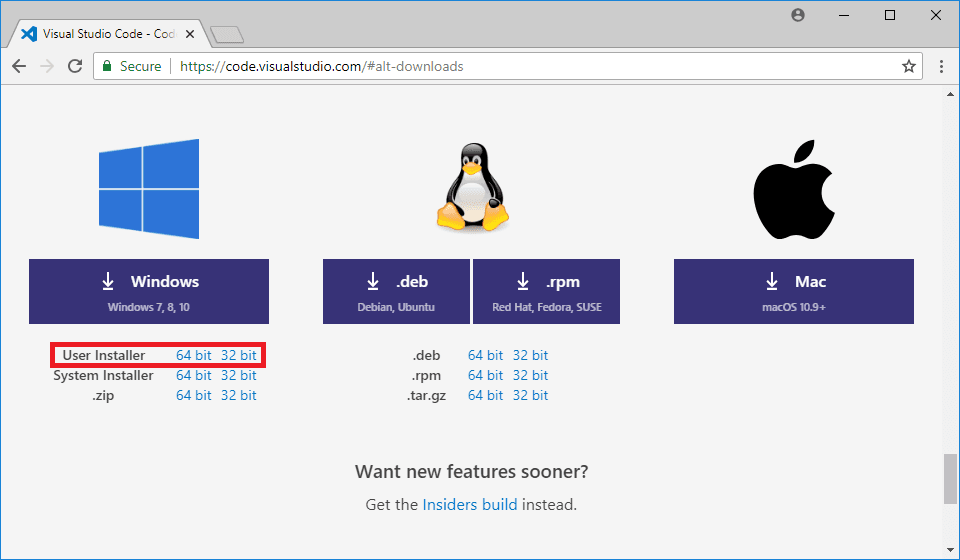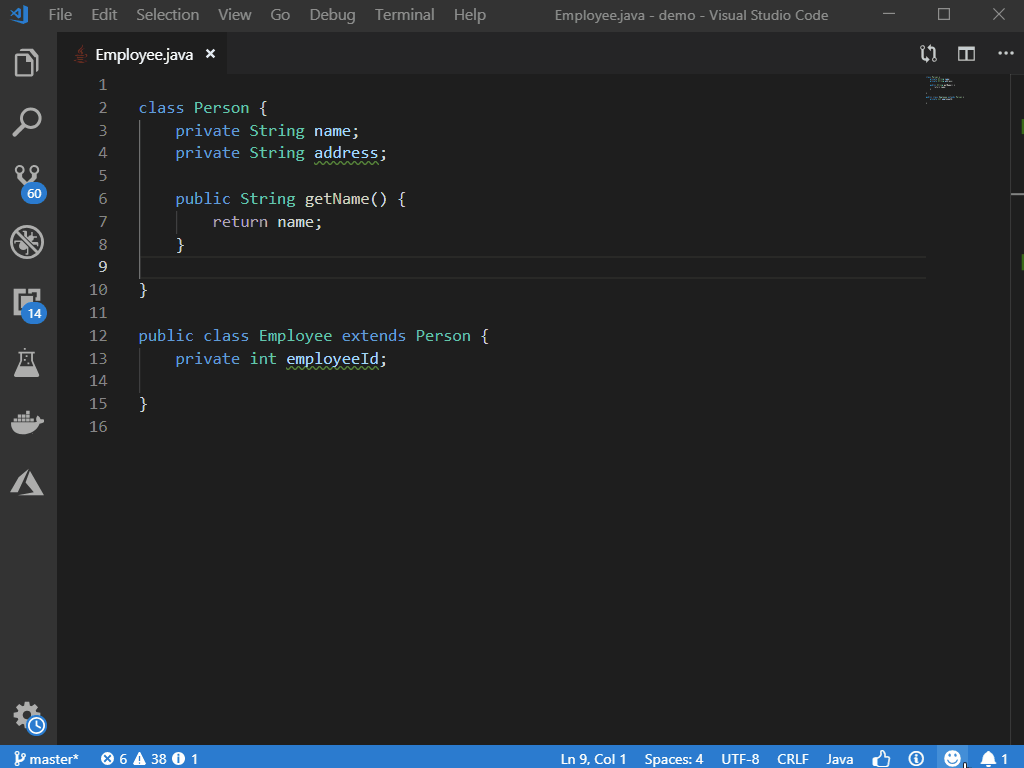
Open settings.json (again) and add a settings called “” and set as its value the full path for the mvn.cmd file Therefore, the Maven runtime command must be configured.

The Maven Extension in VS Code needs to know how it can run Maven. Install Maven: unzip the zipfile to for example c:\Program Files\Maven:Ĭonfigure Maven executable path in VS Code Specifically, I downloaded Maven 3.6.3 Binary Zip Archive File. Now also define the (Windows) Environment Variable JAVA_HOME:Īnd make it refer the directory that contains the bin directory with java.exe and javac.exe.ĭownload Maven from. Note: on Windows, the backslashes in the directory path need to be escaped – by using double backslash characters: Open settings.json, with CTRL+SHIFT+P and type “sett”Īdd a new entry to settings.json called and define the location of the JDK as its value. In my case, this is C:\Program Files\AdoptOpenJDK\jdk-14.0.2.12-hotspot – the default location. Configure JDK in VS Codeįirst, find the location where the JDK has been installed. Next step is to tell VS Code where to find the JDK. Once the installer has completed its task, it informs me. The installer guides me through the very simple installation process: An installer is downloaded and I ran it once the download was complete. I have selected the OpenJDK 14, then pressed the download button. Then select Java Configure Java Runtime from the dropdown. Open the command palette – by pressing CTRL + Shift + P – type “java run”. This will download and install the curated pack of extensions for Java development in VS Code. Type “java ext” and click on the Install link for the Java Extension Pack item.


In this article a brief overview of my steps to set up an environment on my Windows 10 laptop for doing Java programming.


 0 kommentar(er)
0 kommentar(er)
